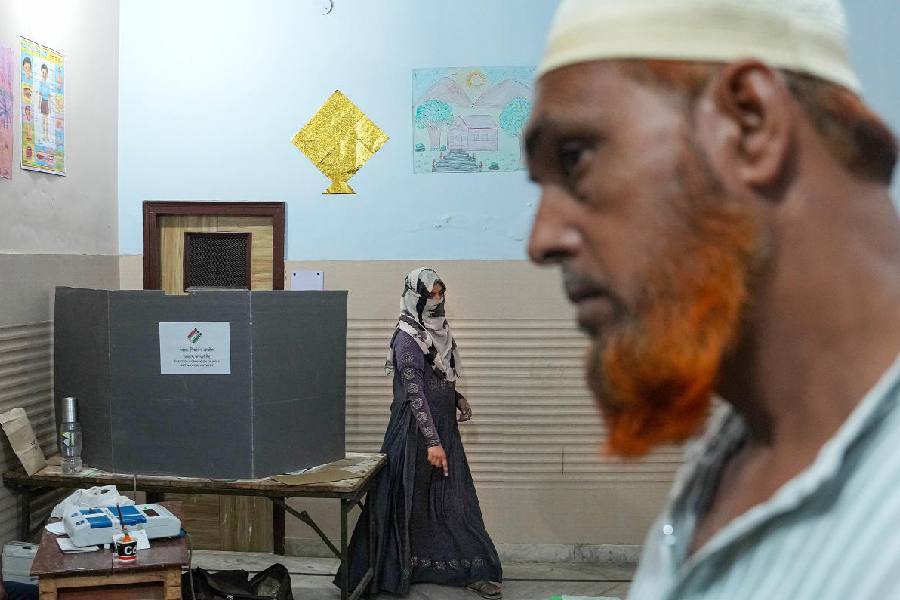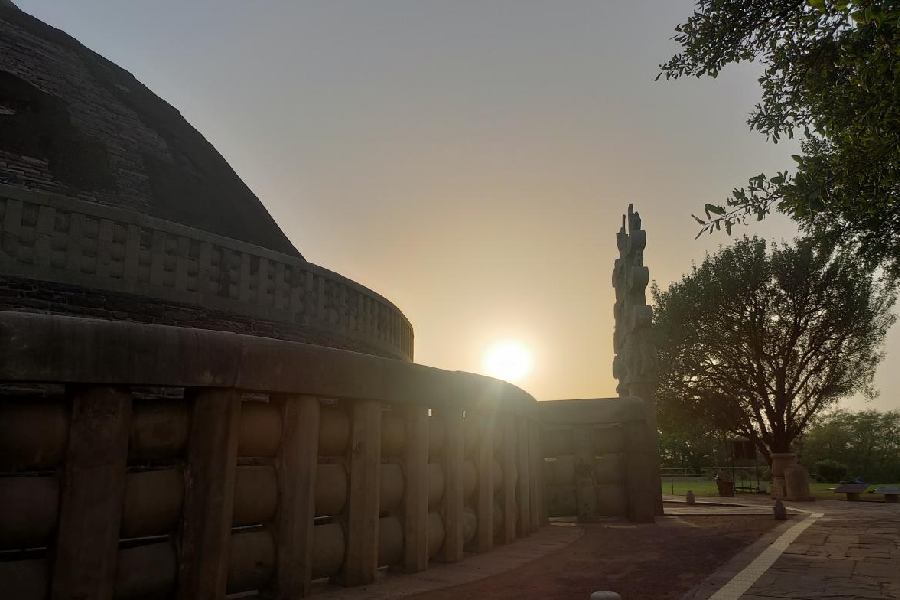At least two of the 37 baby gharials that were released in a tributary of the Padma in Murshidabad have died in the past week after getting trapped in “ghost nets” abandoned by fishermen, state forest department officials said on Tuesday.
The gharials were artificially hatched at a zoo in Cooch Behar and released in “no-man’s land” in the tributary of the Padma on the India-Bangladesh border on February 24.
Gharials, commonly known as fish-eating crocodiles, were released by forest department officials near Tiktikipara village in Murshidabad’s Jalangi block, around 50km from Behrampore. It is a riverine habitat of the Ganges, said experts.
“Two gharials have died in the past week after being trapped in ghost nets. These are damaged and discarded nets left in the water by fishermen,” Debal Ray, chief wildlife warden of Bengal, told The Telegraph.
After the deaths, a drive has been launched to recover such nets from the stretch of the river. Around 40kg of such nets have been recovered till now, officials said, adding that the local fishermen would be made aware of the problem.
The gharial is categorised as a “critically endangered” species by the International Union for Conservation of Nature (IUCN). It is protected under Schedule I of the Wildlife (Protection) Act, 1972.
The forest department officials said they found the bodies of two gharial babies, both around 2km upstream and downstream from the spot where the reptiles were released in the river.
“The floating bodies of the gharials have been found. There were pieces of nets around their long and thin snouts, which suggest they were entangled in the ghost nets,” said a forest department official.
Multiple studies have found that ghost gear is one of the biggest threats to marine life, especially in the ocean.
The Ghost Gear Project, a forum created by Harvard Researchers, says: “Every year, more than 640,000 metric tonnes of fishing gear are left in the ocean. And it’s the most directly harmful type of plastic pollution in the ocean. Discarded ghost gear unwittingly participates in ‘ghost fishing’ — or when abandoned fishing gear continues to trap and kill fish, crustaceans and other sea creatures. More than 650,000 marine animals meet this demise every year”.
A researcher said the ghost nets were threatening aquatic life in riverine habitats as well.
“Gharials in the Ganges ecosystem, especially the younger ones, are vulnerable as well. Several of them have died after being trapped in fishing nets,” said Subrat Kumar Behera, project head, Gandak Gharial Recovery Project, Wildlife Trust of India.
Nilanjan Mallick, director of the Sunderban Biosphere Reserve, said the drive to recover the nets from under the water was continuing. “Till now, around 40kg of ghost nets have been recovered. The drive will continue along 10km of the tributary,” said Mallick.
“A suitability survey was conducted by the World Wide Fund for Nature (WWF) before releasing the gharials. After the detailed survey, the WWF had recommended this spot where we had released the gharials. Our teams had recovered nets from the stretch before the release,” Mullick said.
“A team from the WWF is monitoring the gharials for 15 days from the day of the release. Later, the monitoring would be done every fortnight,” said an official.










